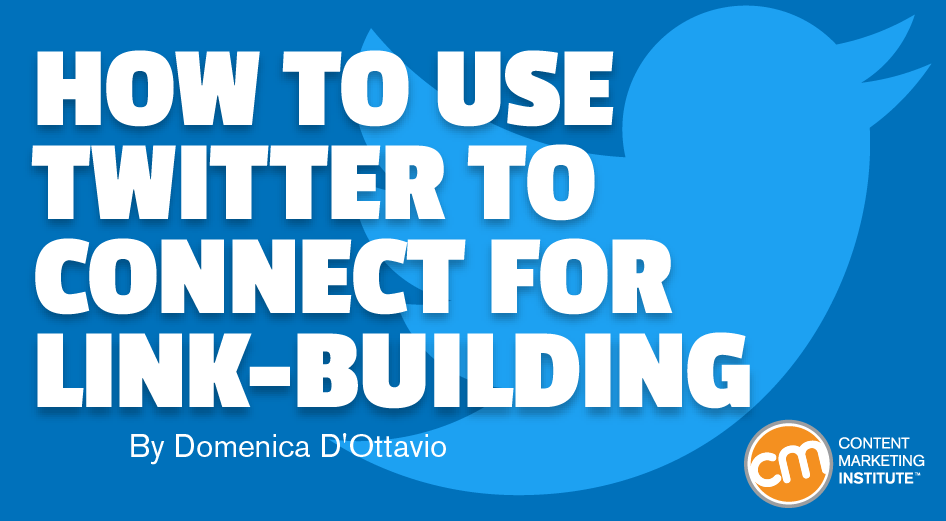The real question is “How can you use Twitter to build authentic relationships with journalists, writers, and editors?” Two theories of interpersonal communication back up using Twitter as a tactic for relationship building – mere exposure effect and anonymity and the identifiable other. Your timeline is an opportunity for you to share your personality. Include all the people to whom you intend to pitch the content. Don’t favorite a tweet you disagree with. (Every time you follow someone, the person is alerted in his or her notifications.) Retweeting, replying, and sharing their work are the best ways to interact. A reply is my favorite interaction to have with journalists, writers, and editors. I once placed content with a journalist at Time’s Money after replying to three of her tweets over the course of a week. Rinse and repeat Though I’ve shown you a systematic way to build relationships with journalists, writers, and editors, your effectiveness hinges on you engaging with a person authentically. Using Twitter may not equal more placements every time, but it can be a great way to differentiate yourself from the hundreds of those pitching to journalists, writers, and editors every week.

When it comes to link-building, one tactic rises above the rest in effectiveness and ROI – content distributed through high-authority online publishers. To secure those links, you must connect with their journalists, editors, writers, or contributors.
That’s the time to turn to Twitter.
How can you pitch a high-quality article in 280 characters? You probably can’t. You have email for that. The real question is “How can you use Twitter to build authentic relationships with journalists, writers, and editors?”
Two theories of interpersonal communication back up using Twitter as a tactic for relationship building – mere exposure effect and anonymity and the identifiable other.
The mere exposure effect can be understood in this way: Imagine walking to work via the same route at the same time and seeing the same people every day. One day, you have a morning doctor’s appointment and take a different route at a different time.
Unconsciously, you assign more trust to the people on the first route than on the second route. You find them to be more likable because they are familiar even though you likely don’t know anything about them on a personal level.
The anonymity-and-identifiable-other theory is equally straightforward. Take this example: You’re a pet owner and encounter two people. You know one volunteers at an animal shelter and the other is severely allergic to animals. Knowing nothing more, you’re more likely to perceive a personal connection with the animal shelter volunteer because he seems more likable to you.
Now let’s get to the nitty-gritty. How do you interact with writers, editors, and journalists with whom you’d like to eventually place content?
Step 1: Optimize your Twitter account
Ensure that your Twitter display name, bio, etc., are complete. Follow these best practices:
- Include your full name or a combination of your name and initials.
- Detail professional and personal information in your bio. Get creative. Be relatable.
- Your timeline is an opportunity for you to share your personality. When you reach out to writers and editors, they’re likely to check your timeline before responding. A blank or sparse timeline (or only interactions for transactional purposes) presents a big red flag. Show the Twitterverse you are a human, not a PR robot.
- Include a photo of yourself and update your header image. Take advantage of the mere exposure effect by using the same photo for your email and Twitter accounts. The more someone recognizes you, the more trustworthy you appear to be.
Step 2: Create Twitter lists
Twitter lists can be a powerful tool. You can track a list of contacts who have responded favorably to your outreach, accepted your pitches, or published your content. Keeping them organized in a list allows you to pay closer attention to their activity, which…

COMMENTS